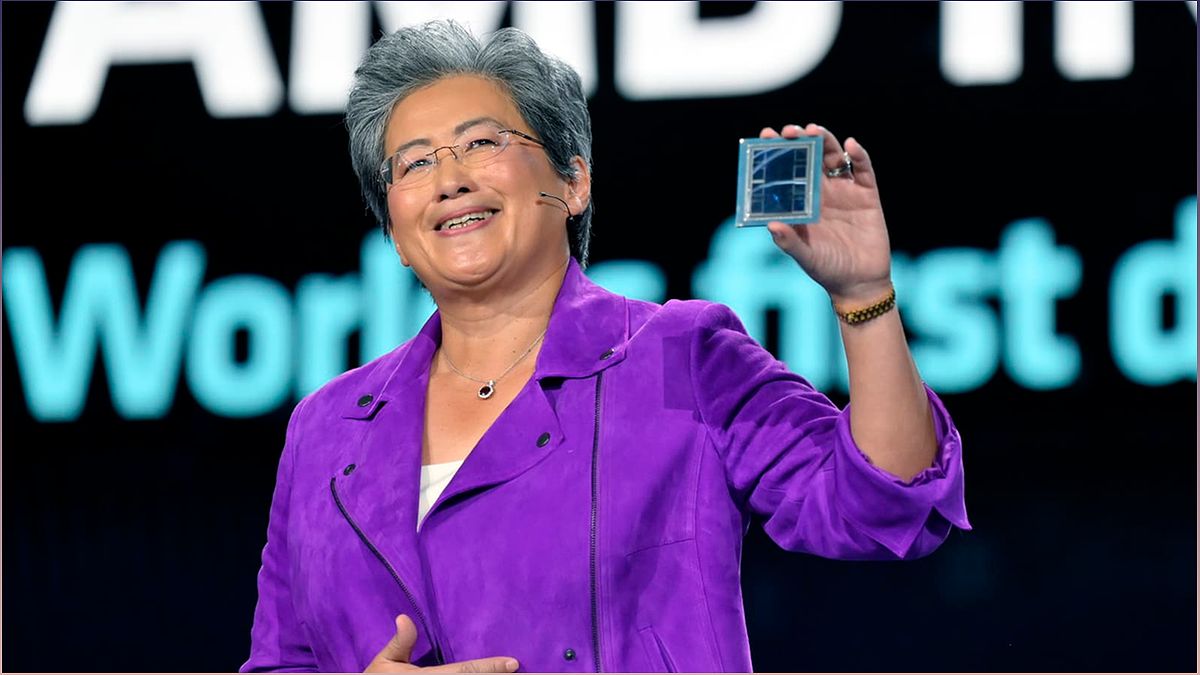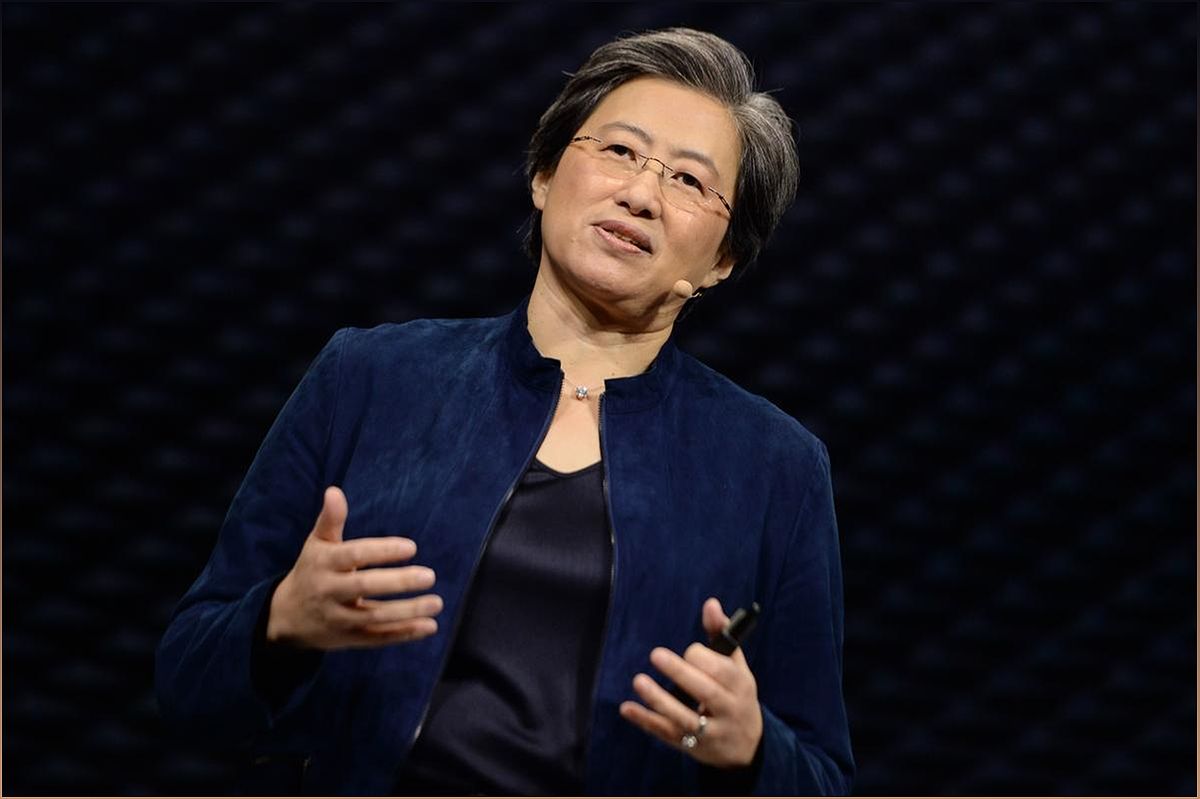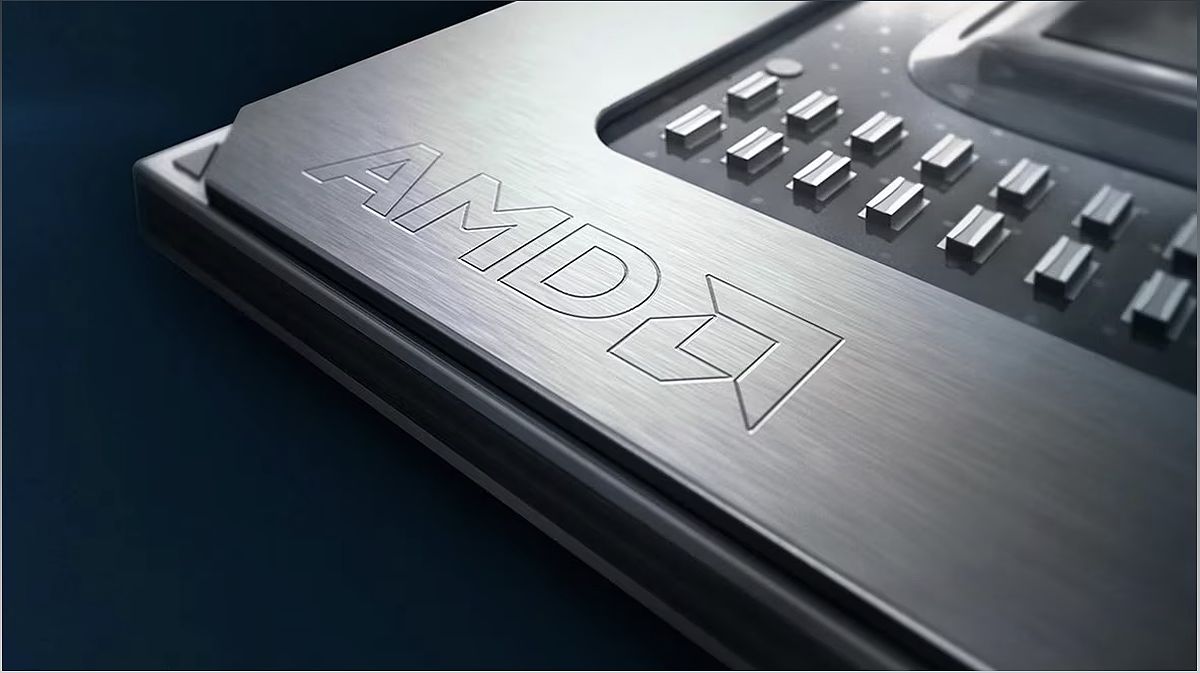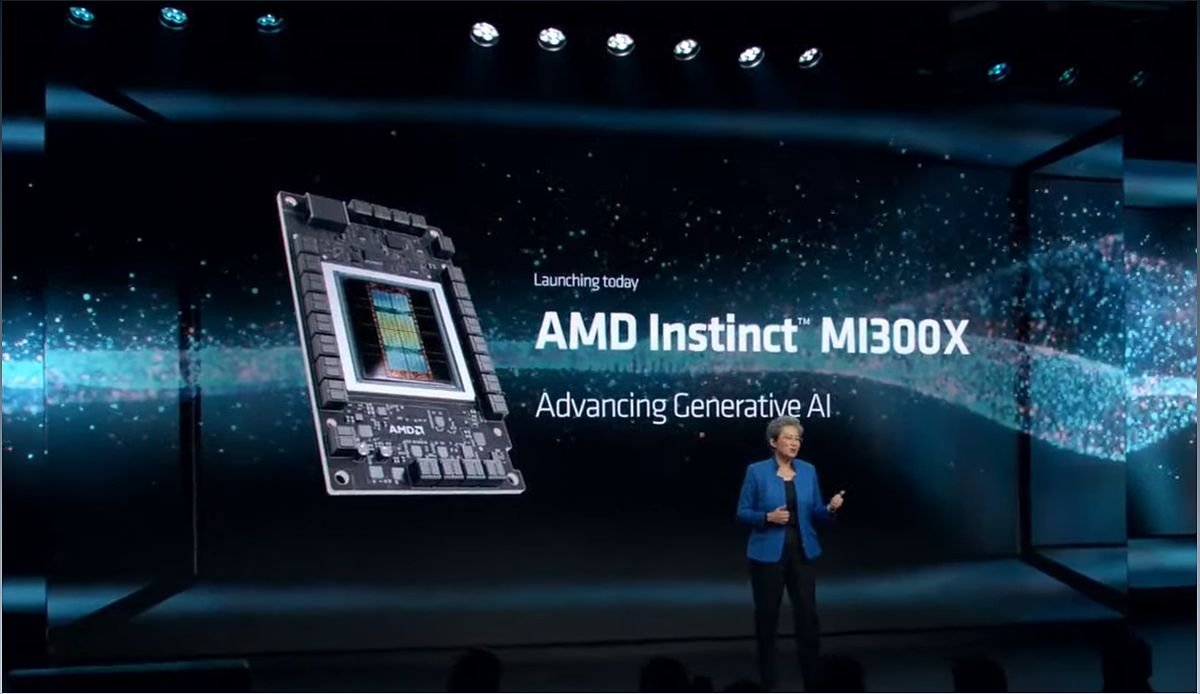In the fast-paced world of artificial intelligence, technology companies are constantly seeking innovative solutions to enhance performance and reduce costs. AMD’s newest AI chip, the Instinct MI300X, is poised to shake up the market and provide a viable alternative to Nvidia’s expensive graphics processors. With its cutting-edge architecture and impressive 192GB of high-performance memory, the MI300X promises significant performance gains and improved user experiences. In this article, we delve into the details of this game-changing chip and explore how it is poised to challenge Nvidia’s stronghold in the AI chip market.
The Rise of AMD’s Instinct MI300X
AMD’s Instinct MI300X has garnered significant attention in the tech industry as a formidable competitor to Nvidia’s AI chips. With its new architecture and impressive memory capacity, the MI300X is poised to revolutionize the AI chip market.
As technology companies and cloud service providers seek alternatives to Nvidia’s expensive GPUs, the MI300X offers a cost-effective solution without compromising performance. Its ability to handle larger AI models and deliver faster responses makes it an attractive option for AI developers.
Unleashing Unprecedented Performance
The Instinct MI300X boasts a new architecture that translates into significant performance gains. Its standout feature is the inclusion of 192GB of cutting-edge HBM3 memory, enabling faster data transfer and accommodating larger AI models.
Compared to Nvidia’s H100, the MI300X offers a superior user experience with faster response times, especially for complex queries. This performance enhancement opens up new possibilities for AI development and deployment.
The Battle of the Giants: AMD vs. Nvidia
AMD’s entry into the AI chip market presents a formidable challenge to Nvidia’s dominance. While Nvidia currently holds the majority share, the projected growth of the AI chip market indicates room for competition.
AMD’s MI300X offers a compelling alternative to Nvidia’s GPUs, but the challenge lies in convincing companies to adopt a new GPU supplier. AMD’s improved software suite, ROCm, addresses previous shortcomings and aims to compete with Nvidia’s industry-standard CUDA software.
Price will also play a crucial role in the adoption of AMD’s MI300X. To sway customers, AMD’s chip must be cost-effective to purchase and operate compared to Nvidia’s offerings.
Industry Giants Embrace the MI300X
Meta and Microsoft, two of the largest purchasers of Nvidia’s H100 GPUs in 2023, have already signed up to use AMD’s MI300X. Meta plans to utilize the MI300X for AI inference workloads, image editing, and its virtual assistant.
Microsoft’s CTO, Kevin Scott, has announced that the company will offer access to MI300X chips through its Azure web service. Additionally, Oracle’s cloud will also incorporate the MI300X into its infrastructure.
OpenAI, a prominent player in the AI research field, has pledged support for AMD GPUs in its software product, Triton. While Triton is not a large language model like GPT, it plays a crucial role in AI research and accessing chip features.
The Road Ahead for AMD
While AMD does not expect massive sales for the MI300X initially, it projects approximately $2 billion in total data center GPU revenue in 2024. This projection highlights the immense potential of the AI GPU market, which AMD believes could reach $400 billion by 2027.
AMD aims to secure a significant share of this market, emphasizing that it doesn’t necessarily need to surpass Nvidia to succeed. With its innovative MI300X chip and competitive pricing, AMD is well-positioned to make a substantial impact on the AI chip industry.












